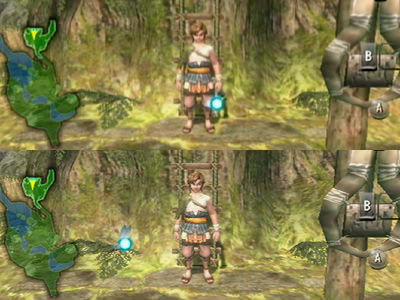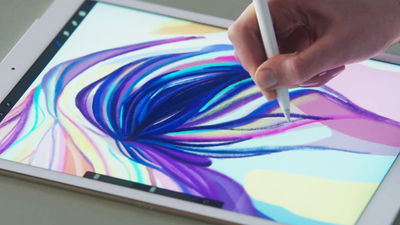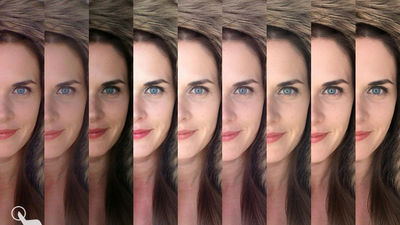The photo synthesis technology 'HDR' and the video recording and display technology 'HDR' have completely different meanings.

Many TVs and displays boast that they support 'HDR.' Camera apps and image editing apps may also have a feature called 'HDR.' These 'HDR' phrases refer to different things, which can be confusing.
What is HDR, anyway?
https://www.lux.camera/what-is-hdr/
The phrase 'HDR' is widely used in two different senses: 'HDR for photo synthesis' and 'HDR for video recording and display'. The overview of each is as follows.
◆ Photo synthesis technology 'HDR'
The human eye can see the whole picture even in places with a large difference in brightness, such as between a bright place lit by the sun and a dark place in shadow. However, cameras are not good at recording places with a large difference in brightness, and problems such as bright areas being blown out and dark areas being crushed are encountered.
For example, try taking a picture of an iPhone placed on a desk. When the iPhone display is turned off, there is not a large difference in brightness, so the entire image can be recorded clearly without any problems.
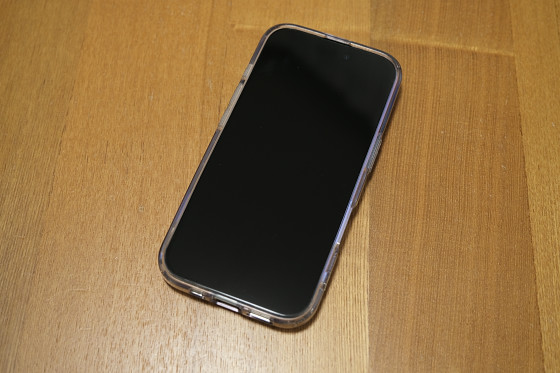
However, when I turned on the display and set the brightness to maximum, the display was much brighter than the desk top, causing the display to be washed out.
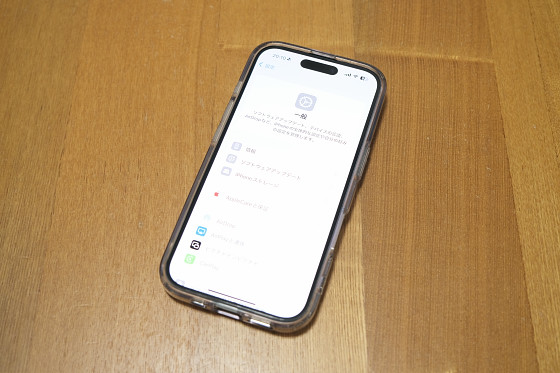
When I adjusted the image so that the display area would be recorded clearly, the desk became dark.
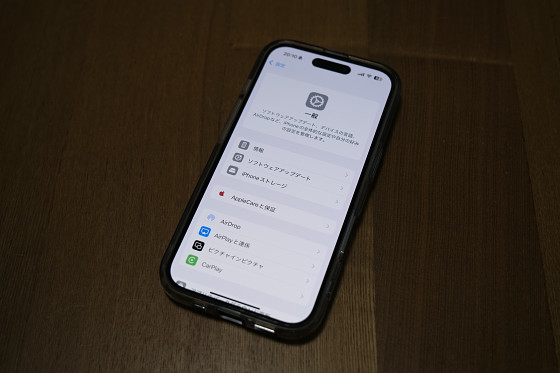
The range of brightness that a camera can capture is called the 'dynamic range,' and the higher the dynamic range, the more likely it is that whiteout or blackout will be avoided even in scenes with extreme differences in brightness. However, even modern cameras, which have relatively improved dynamic ranges, cannot handle the extreme differences in brightness described above.
So they developed a technology that takes two photos, one adjusted to record bright areas clearly and the other adjusted to record dark areas clearly, almost simultaneously, and then synthesizes them to reproduce both bright and dark areas clearly. This technology is called 'High Dynamic Range (HDR),' which means it has a high dynamic range.
The compositing technology HDR has been widely adopted since the late 2000s, and many works that express landscapes and other images in HDR have been released.
Breathtakingly beautiful and impressive HDR (high dynamic range) photos - GIGAZINE
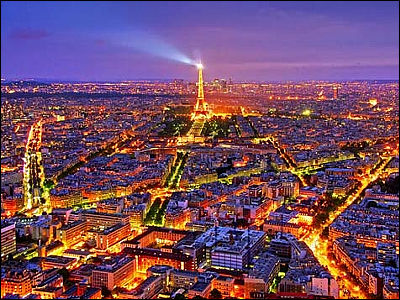
When HDR compositing first became popular, a dedicated app was required, but the iPhone 4, which was released in 2010, was equipped with an HDR compositing photography function, making it easy for ordinary users to take HDR composite photos. At the time of writing, not only iPhones but many Android smartphones are equipped with the same function.
Finally, the new 4th generation 'iPhone 4' has arrived, performance has improved dramatically - GIGAZINE
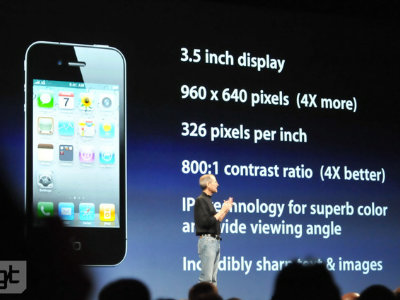
Below is an HDR composite photo taken with the iPhone 8. The bright clouds are recorded without being blown out, and the dark areas in the shadows of the trees are also recorded clearly.
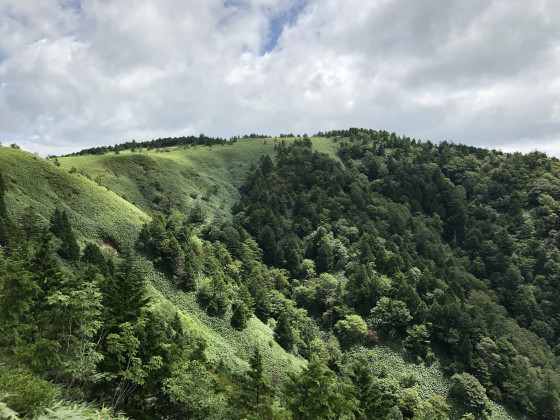
◆ HDR, a video recording and display technology
'HDR compatible TVs' and 'HDR compatible displays' refer to TVs and displays that have a higher brightness than regular TVs and displays. By raising the brightness, it is possible to express 'dazzling brightness' and 'subtle differences in brightness at high brightness.' HDR is also an abbreviation for 'high dynamic range.'
'HDR-compatible TVs' and 'HDR-compatible displays' can play HDR videos, which have a wider range of brightness than normal videos. Recording HDR videos used to require expensive equipment, but the Galaxy S10 released in 2019 and the iPhone 12 released in 2020 are now capable of recording HDR videos, and many smartphones released since then are now equipped with HDR video recording capabilities.
In the gaming world, the PlayStation 4 Pro, released in 2016, supports HDR video output. PlayStation 5 and later models also support HDR output.
Sony announces 4K & HDR compatible 'PS4 Pro' and slimmed down new 'PS4', price and release date also revealed - GIGAZINE

Although HDR-compatible content is increasing, when HDR-compatible content is displayed on a non-HDR TV or display, the colors may appear dull. For example, in April 2025, a hack that made Slack's user icons stand out by making them bright HDR-compatible images became a hot topic on the Internet, but even with this hack, the icons do not appear as bright on non-HDR displays. For this reason, it may be better to create content that is likely to be viewed by many people in normal dynamic range (SDR) rather than HDR.
How to make emojis you add to Slack HDR compatible and super eye-catching - GIGAZINE
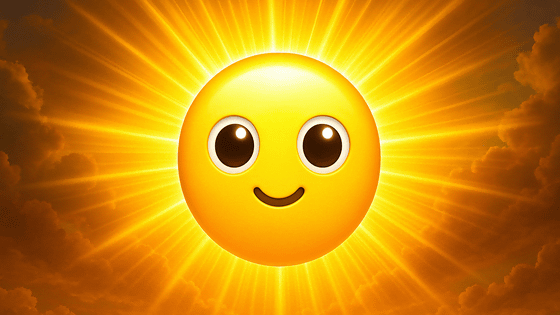
Related Posts:
in Note, Posted by log1o_hf
